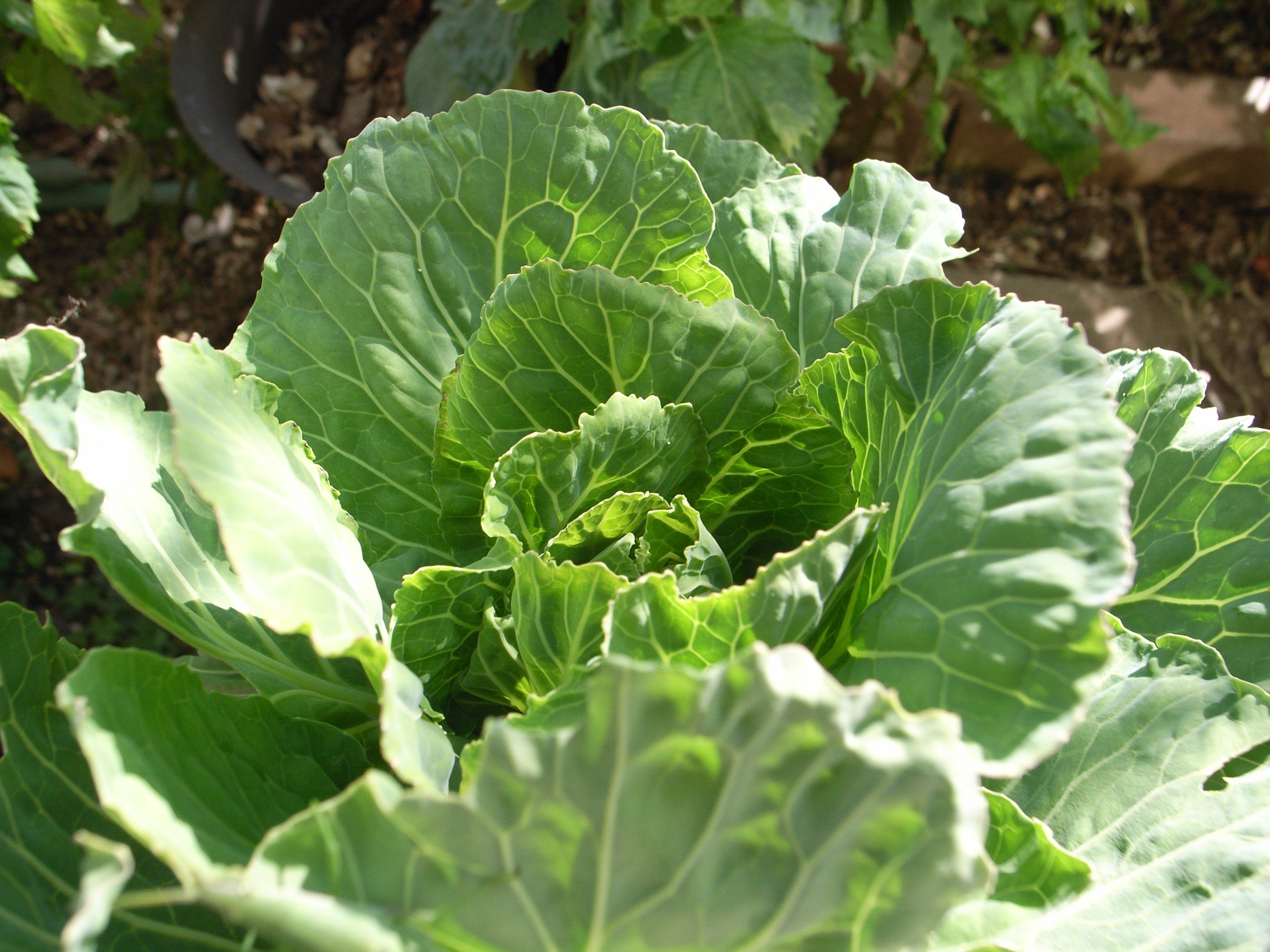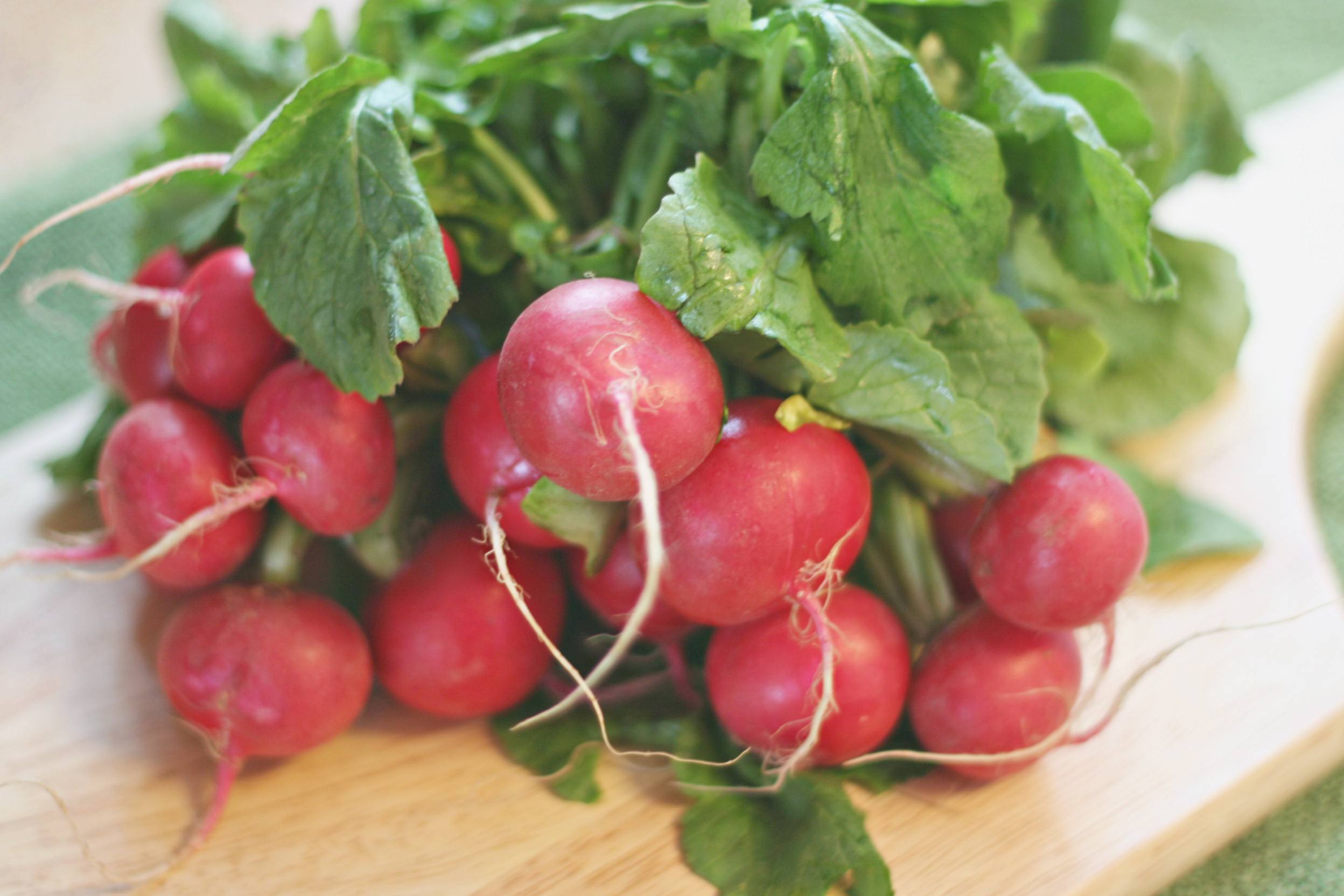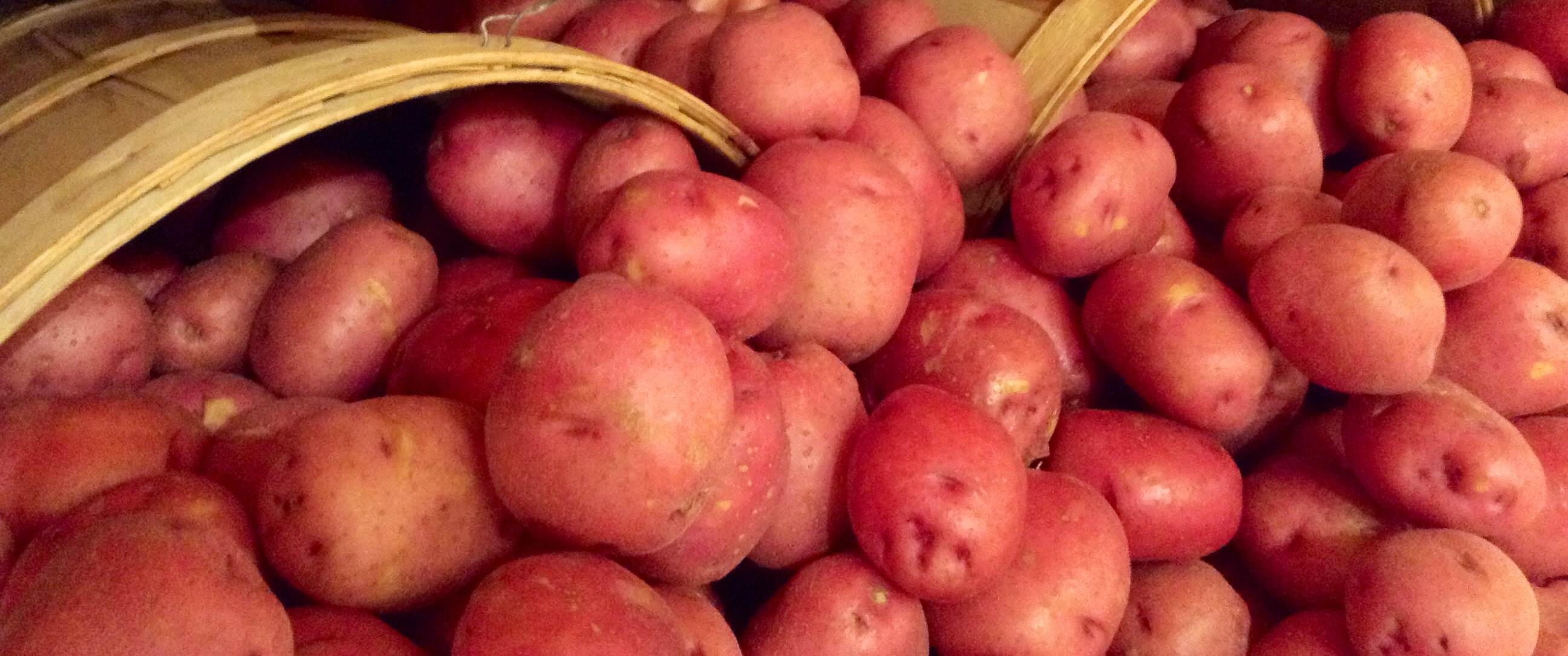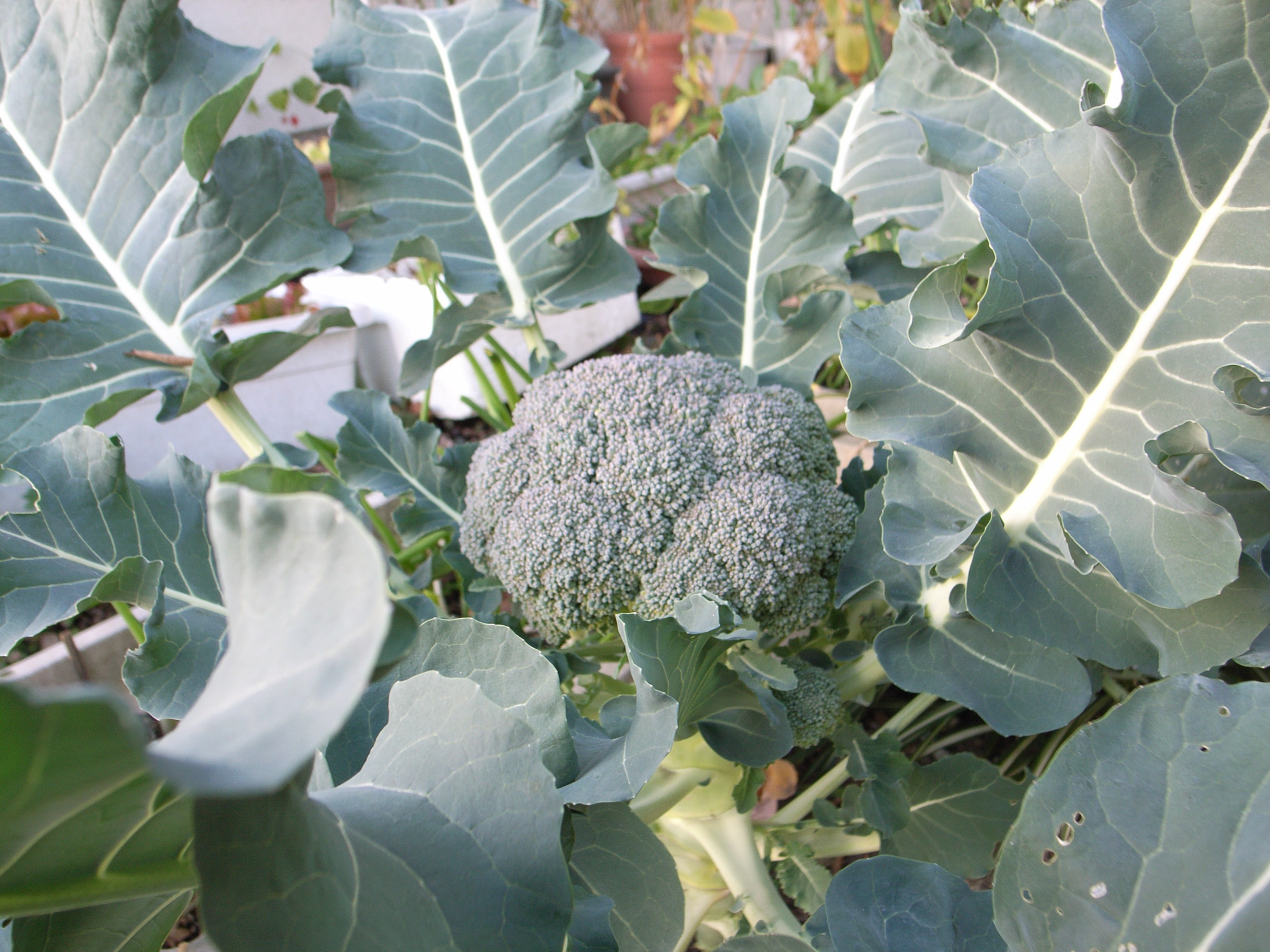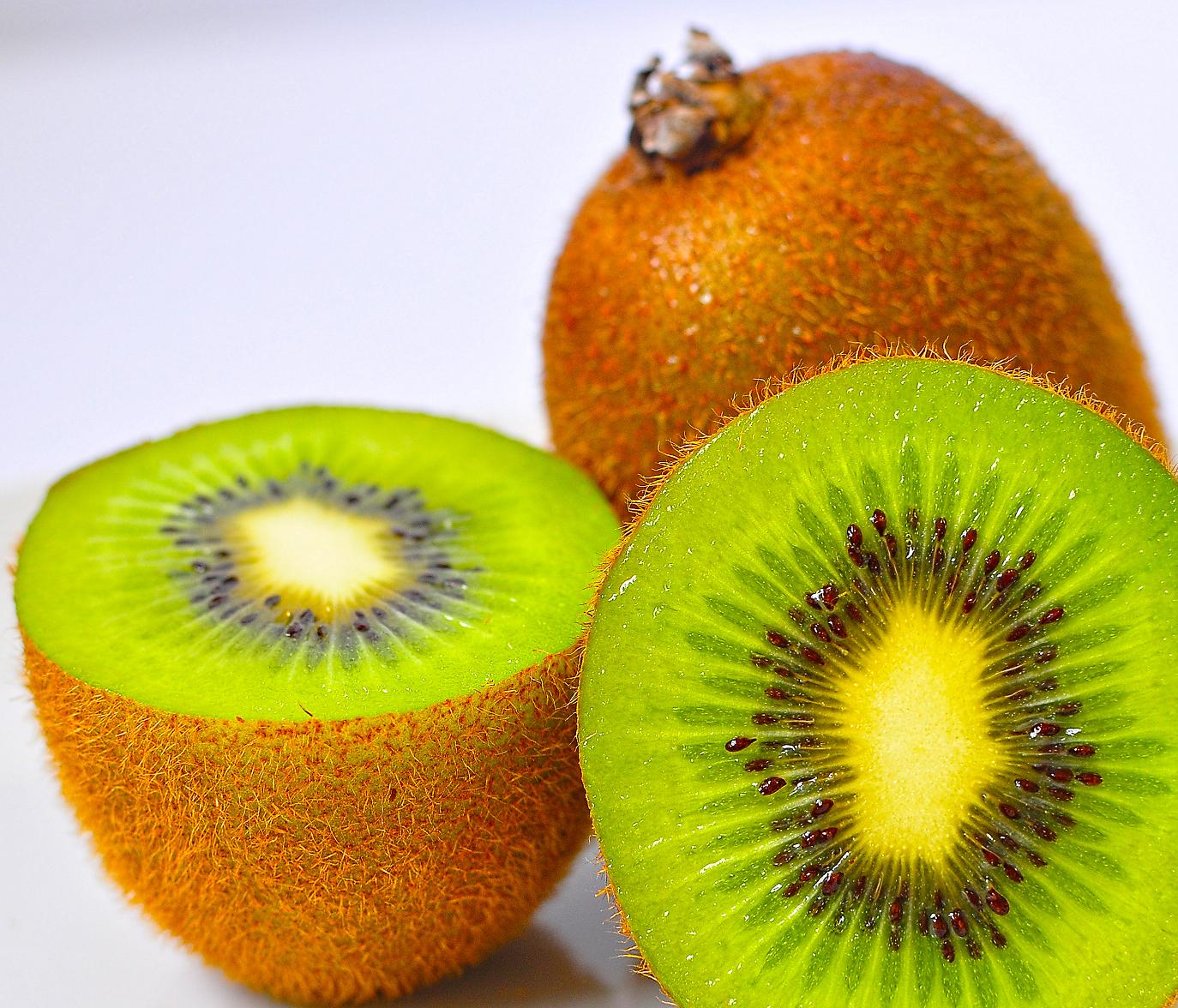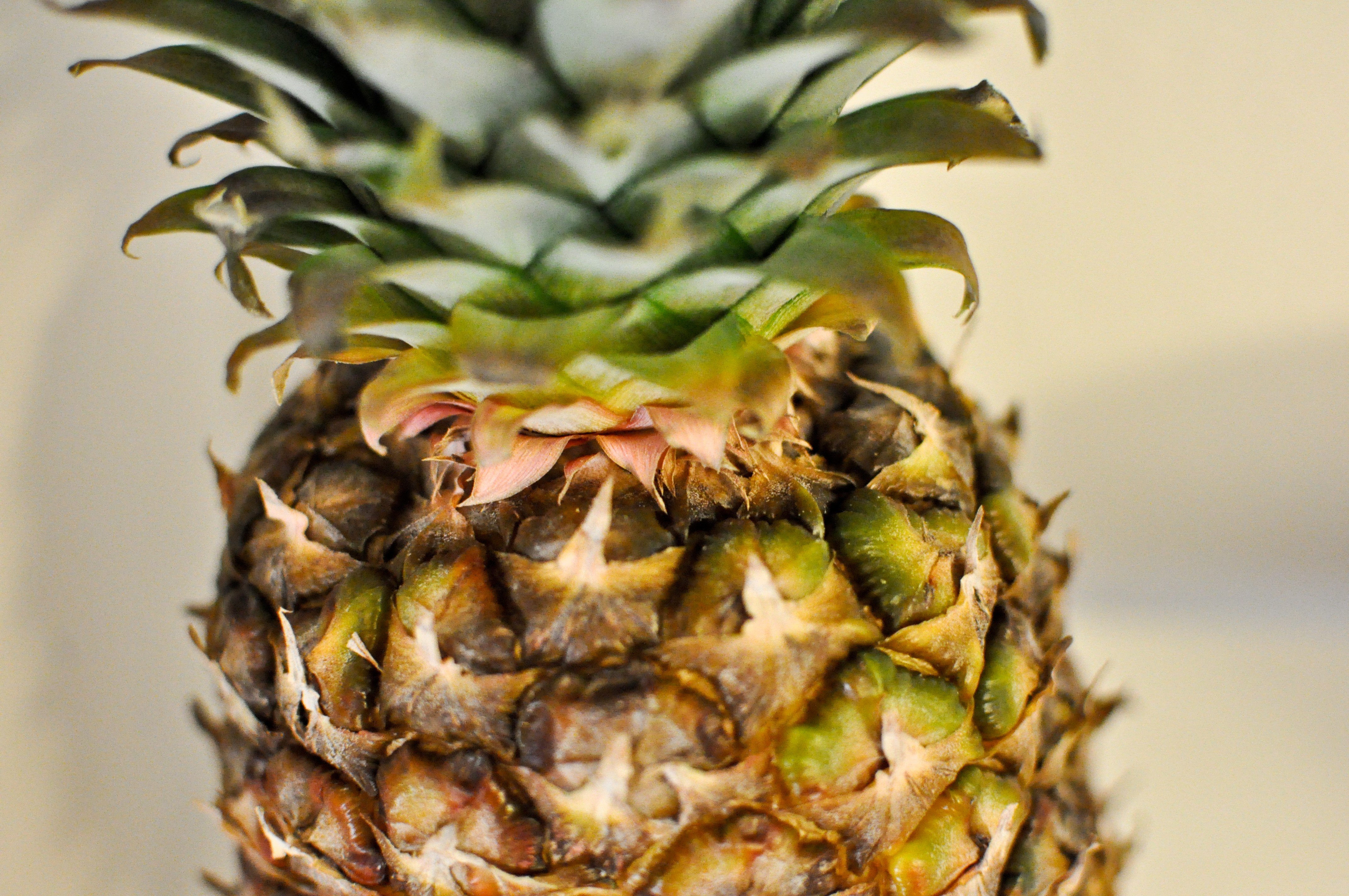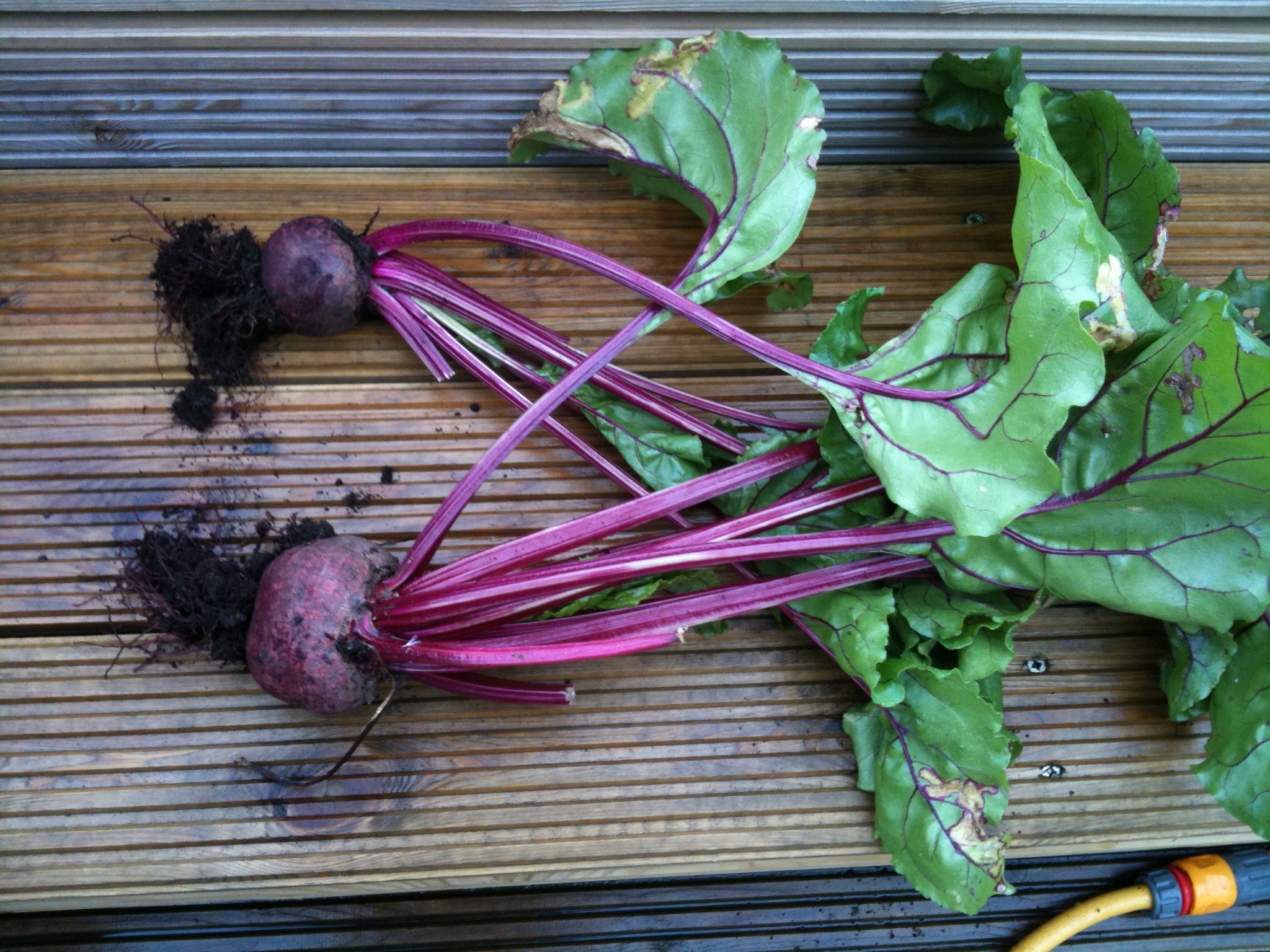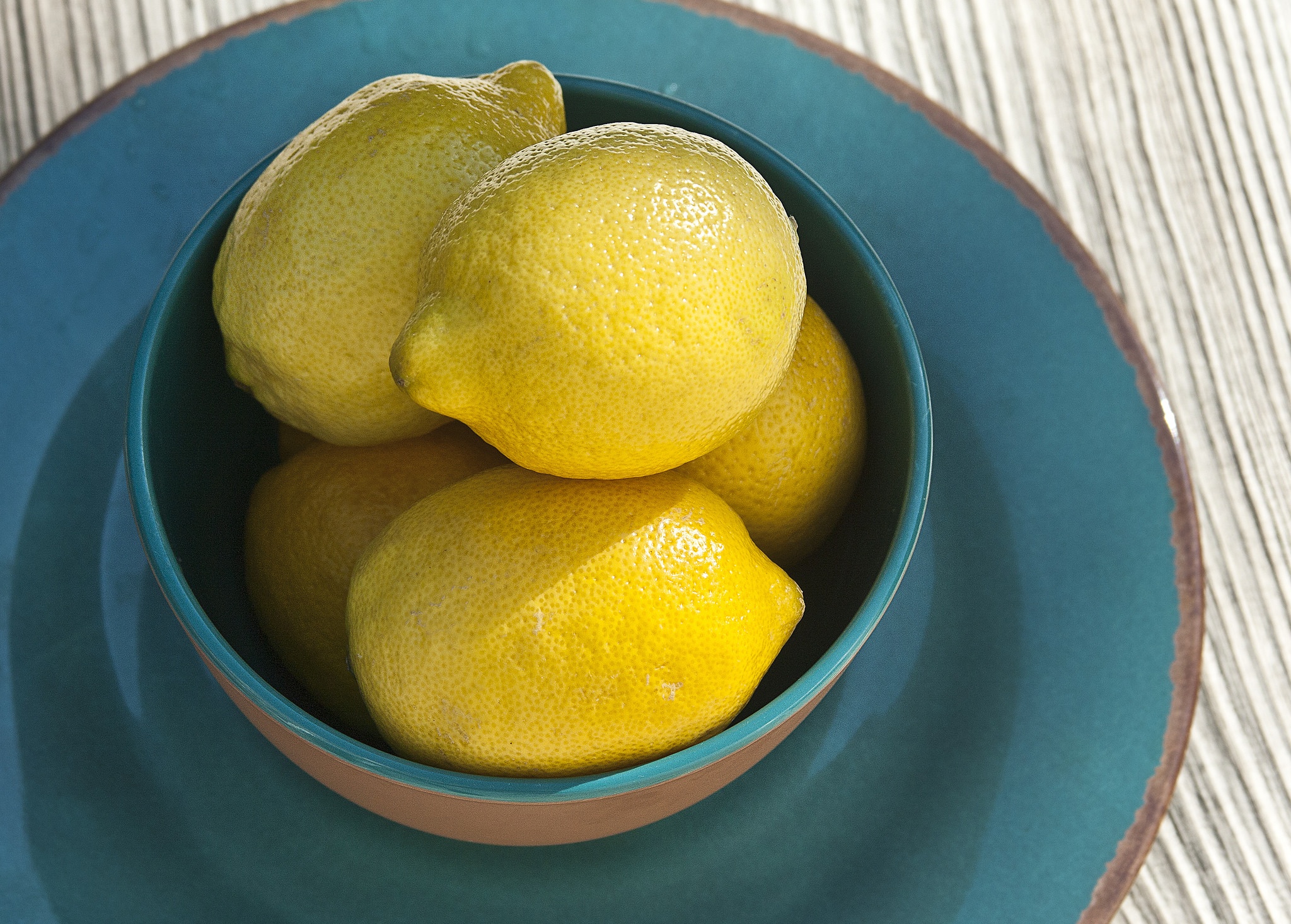You might want to think twice before you throw away the skins of your fruit and vegetables. Science now tells us that it is the most nutritious part of the foods you eat. Here are the health benefits found in 8 every day fruit and vegetable skins. as well as how you can add them to your daily diet.
1. Outer Cabbage Leaves
The darker the green on a cabbage leaf, the more vitamin and mineral content it contains. With green cabbage, the outer leaves are the ones that are usually removed for waste, which is a real shame.
These outer leaves may be tougher, but the secret is to finely cut them and add them to stir fries, casseroles or soups, allowing a little extra cooking time to soften them. They can also be added to green smoothies, or in a coleslaw where you can create a visually stunning salad with vibrant greens and carrots.
2. Radishes
Most of the time the leafy greens from radish plants get thrown away or composted, but they’re edible and delicious. Just one radish leaf will give a great peppery taste to the most basic of salads.
3. Potato skin
When compared as a whole, the potato with the skin has more nutrients than the rest of the potato. Leaving the skin on a potato while baking or boiling also helps retain the nutrients of the potato and stops the nutrients from leaching out.
Potatoes contain 2g of fibre, the majority of which is found in the skin. The skin of a potato also contains B vitamin, vitamin C, iron, calcium and potassium. Just be sure to wash the potato thoroughly and remove any obvious blemishes before cooking.
4. Broccoli leaves and stem
Broccoli comes from the cruciferous family and is excellent for maintaining a healthy liver. The florets and stems of broccoli are very similar in their nutrient content. The content of most B vitamins, minerals, and fibre are very similar in the two parts of the plant. The largest difference involves beta-carotene, which is about seven times more plentiful in the florets than in the stems! The darker green florets also contain more chlorophyll than the lighter green stalks. Since the stalks take a little longer to steam than the florets, it is best to begin cooking them first and after about two minutes add the florets to the steamer.
The leaves of the broccoli plant are also excellent sources of nutrients. They are actually higher in beta-carotene than the florets and can contain phytonutrients that aren’t found in the stems and florets. Rip up a small part of the leaf and add to a green salad.
Whenever I cook broccoli for the family, I do not throw away the broccoli stalks. Instead, I peel and chop them to use in a stir fry, soup or casserole, or grill them on skewers with chicken, pineapple and bell peppers. You can add some extra nutrition into your family’s meals by grating the broccoli stalks, then adding them to spaghetti sauce. Adding a broccoli stem or leaf into a green smoothie or juice is also highly recommended.
5. Kiwi fruit
The kiwifruit skin is completely edible and makes this nutrient-dense fruit even more nutritious. Just by eating the skin can triple your daily fibre intake compared to merely eating the flesh. By not peeling the skin, you preserve much of the vitamin C content as well.
Just like any fresh fruit or vegetable, you should always wash the skin before eating and enjoy your kiwifruit, skin and all. Leaving the skin on sliced kiwifruit makes it much easier for snacking, as the skin holds each slice together. People all over the world have been eating this fruit skin for centuries without any negative side effects.
6. Pineapple core
Okay, so this point is not technically a skin that I am discussing. But it is important to add this piece of information of not coring the pineapple, as the core contains the highest concentration of bromelian. Keep in mind due to the blood thinning properties of bromelian, you should also avoid taking aspirin (or any other medicinal blood thinners) if consuming pineapple on a daily basis.
On a side note here, the bromelian content is very minimal in canned pineapple. In most canned pineapple the core is removed before the canning process and even if it isn’t, the heating process for canning actually destroys the bromelian content.
7. Beetroot Leaves
Besides supplying good amounts of protein, phosphorus, and zinc, beetroot greens are also a great source of fibre. Beetroot leaves, also known as beet greens, is packed with antioxidants, vitamin B6, magnesium, potassium, copper, and manganese, as well as being low in fat and cholesterol.
The vitamin K content in these greens also assist with blood clotting properties, helps ward off osteoporosis and, works with calcium to boost bone strength. Beetroot greens have a higher iron content than spinach, and a higher nutritional value than the beetroot itself. The vitamin A content in beetroot greens assists the body in strengthening the immune system and stimulates the production of antibodies and white blood cells.
8. Citrus peel
There are over 60 different types of flavonoids in citrus fruits such as lemons and many of these flavonoids have their highest concentrations within the peel. Naringin is a flavonoid found in lemon peel (though not the fruit). Naringin is a powerful antioxidant. It is important to note that naringin can also increase the effects of certain drugs; you should consult with your doctor if you regularly consume these foods. Hesperidin, another flavonoid, is found in the white inner layer of lemons, and has been shown to inhibit bone loss and decrease serum and liver lipids in postmenopausal mice.
Gram for gram, citrus peels also contain higher levels of many minerals and vitamins such as vitamin C and dietary fibre than the fruit. For example, 1 tablespoon of lemon peel contains double the amount of vitamin C and triple the amount of fibre than 1 wedge of lemon without the peel. The best way to utilise the skin of a lemon is to juice it or add a wedge of lemon, skin and all, to your favourite green smoothie or smoothie bowl. You can also zest or grate the peel to infuse the essence of citrus into any dish that you feel would benefit from the citrus taste and aroma.

